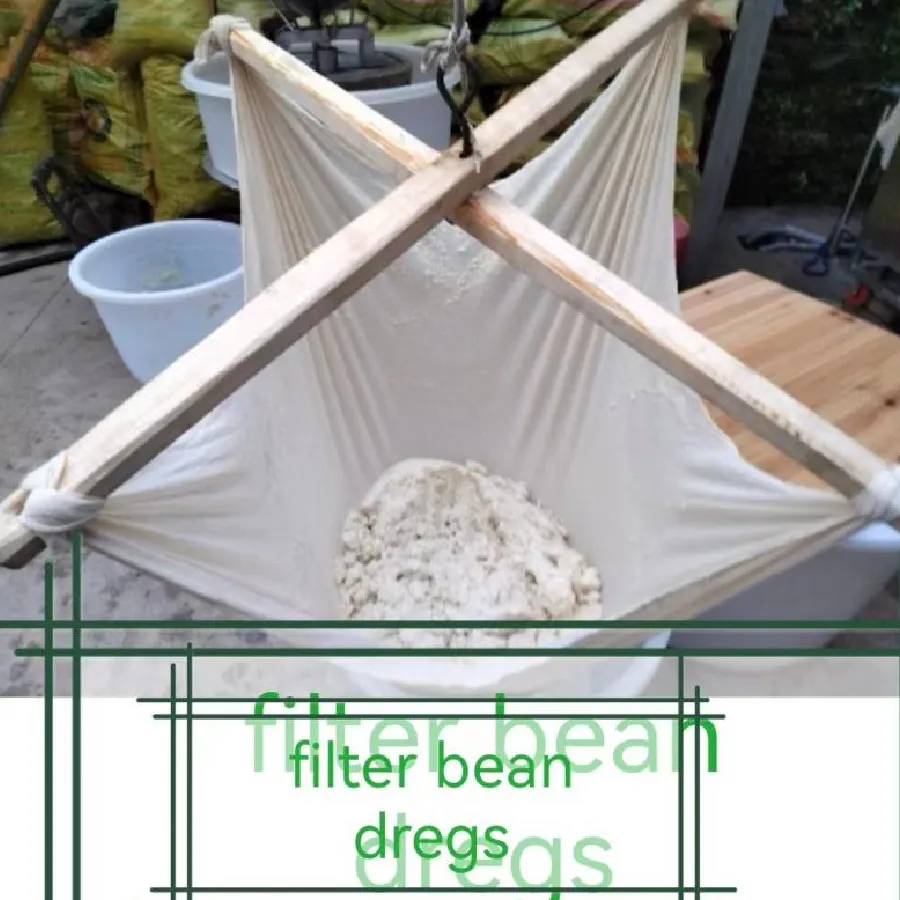-
 Afrikaans
Afrikaans -
 Albanian
Albanian -
 Amharic
Amharic -
 Arabic
Arabic -
 Armenian
Armenian -
 Azerbaijani
Azerbaijani -
 Basque
Basque -
 Belarusian
Belarusian -
 Bengali
Bengali -
 Bosnian
Bosnian -
 Bulgarian
Bulgarian -
 Catalan
Catalan -
 Cebuano
Cebuano -
 China
China -
 Corsican
Corsican -
 Croatian
Croatian -
 Czech
Czech -
 Danish
Danish -
 Dutch
Dutch -
 English
English -
 Esperanto
Esperanto -
 Estonian
Estonian -
 Finnish
Finnish -
 French
French -
 Frisian
Frisian -
 Galician
Galician -
 Georgian
Georgian -
 German
German -
 Greek
Greek -
 Gujarati
Gujarati -
 Haitian Creole
Haitian Creole -
 hausa
hausa -
 hawaiian
hawaiian -
 Hebrew
Hebrew -
 Hindi
Hindi -
 Miao
Miao -
 Hungarian
Hungarian -
 Icelandic
Icelandic -
 igbo
igbo -
 Indonesian
Indonesian -
 irish
irish -
 Italian
Italian -
 Japanese
Japanese -
 Javanese
Javanese -
 Kannada
Kannada -
 kazakh
kazakh -
 Khmer
Khmer -
 Rwandese
Rwandese -
 Korean
Korean -
 Kurdish
Kurdish -
 Kyrgyz
Kyrgyz -
 Lao
Lao -
 Latin
Latin -
 Latvian
Latvian -
 Lithuanian
Lithuanian -
 Luxembourgish
Luxembourgish -
 Macedonian
Macedonian -
 Malgashi
Malgashi -
 Malay
Malay -
 Malayalam
Malayalam -
 Maltese
Maltese -
 Maori
Maori -
 Marathi
Marathi -
 Mongolian
Mongolian -
 Myanmar
Myanmar -
 Nepali
Nepali -
 Norwegian
Norwegian -
 Norwegian
Norwegian -
 Occitan
Occitan -
 Pashto
Pashto -
 Persian
Persian -
 Polish
Polish -
 Portuguese
Portuguese -
 Punjabi
Punjabi -
 Romanian
Romanian -
 Russian
Russian -
 Samoan
Samoan -
 Scottish Gaelic
Scottish Gaelic -
 Serbian
Serbian -
 Sesotho
Sesotho -
 Shona
Shona -
 Sindhi
Sindhi -
 Sinhala
Sinhala -
 Slovak
Slovak -
 Slovenian
Slovenian -
 Somali
Somali -
 Spanish
Spanish -
 Sundanese
Sundanese -
 Swahili
Swahili -
 Swedish
Swedish -
 Tagalog
Tagalog -
 Tajik
Tajik -
 Tamil
Tamil -
 Tatar
Tatar -
 Telugu
Telugu -
 Thai
Thai -
 Turkish
Turkish -
 Turkmen
Turkmen -
 Ukrainian
Ukrainian -
 Urdu
Urdu -
 Uighur
Uighur -
 Uzbek
Uzbek -
 Vietnamese
Vietnamese -
 Welsh
Welsh -
 Bantu
Bantu -
 Yiddish
Yiddish -
 Yoruba
Yoruba -
 Zulu
Zulu
Stainless Steel Strainer Filter for Efficient Filtration Solutions and Applications
Understanding SS Strainer Filters A Comprehensive Overview
In various industries, the need for clean and contaminant-free fluids is paramount. This necessity has given rise to a range of filtration systems, among which SS (stainless steel) strainer filters stand out due to their durability, efficiency, and versatility. These filters play a critical role in maintaining the integrity of fluid systems by preventing particulate contamination in piping networks and equipment.
SS strainer filters are designed to capture solids and particulates from liquids, thereby protecting sensitive equipment, pumps, valves, and other machinery from damage and operational inefficiencies. The primary function of these filters is straightforward to provide a reliable means of filtration that ensures only clean fluid passes through, while retaining unwanted debris.
Construction and Materials
Stainless steel is the material of choice for these filters due to its remarkable properties. It is resistant to corrosion, boasting high tensile strength and the ability to withstand extreme temperatures and pressures. This makes SS strainer filters ideal for use in various challenging environments, including those found in chemical processing, petrochemical, water treatment, and food and beverage industries.
The design of an SS strainer filter typically includes a cylindrical housing with a mesh screen or filter element inside. The mesh size can be customized, allowing for filtration of particles of varying dimensions, depending on the specific application requirements. The strainer's ability to effectively trap particles while allowing fluids to pass through is crucial for preventing system failures and ensuring optimal performance.
Types of SS Strainer Filters
There are several types of SS strainer filters available, each suited to different applications
1. Y-Strainers Named for their “Y” shape, these filters are ideal for horizontal installations. They can efficiently filter out debris while maintaining a low-pressure drop across the strainer.
ss strainer filter

2. Basket Strainers Used in larger piping systems, basket strainers feature a large surface area for filtering and can be cleaned without disrupting the flow of the fluid, making them convenient for ongoing maintenance.
3. T-Strainers These filters are shaped like the letter T and are often used in vertical applications. They offer effective filtration and can handle a higher flow rate.
Each type has specific advantages, and selecting the right strainer depends on factors such as flow rate, particle size, and the installation environment.
Maintenance and Benefits
Maintaining an SS strainer filter is relatively straightforward. Regular inspection and cleaning are essential to ensure optimal performance and extend the lifespan of the filter. Some strainers come equipped with features that allow for easy removal and cleaning of the mesh or basket without the need for complete system shutdown.
The benefits of using SS strainer filters are numerous. They significantly reduce the risk of equipment failure, resulting in less downtime and lower repair costs. By ensuring fluid quality, these filters contribute to overall system efficiency and increase the lifespan of valuable machinery.
Conclusion
SS strainer filters are an essential component in many industrial applications, providing crucial protection against particulate contamination. With their robust construction, effective filtration capabilities, and ease of maintenance, they are a reliable choice for organizations seeking to safeguard their fluid systems. As industries continue to evolve, the role of these filters will remain vital in promoting operational efficiency and preventing costly interruptions. Investing in high-quality SS strainer filters ultimately pays dividends in reliability and performance, making them indispensable in today's competitive landscape.
-
Shipping Plastic Bags for Every NeedNewsJul.24,2025
-
Safety Netting: Your Shield in ConstructionNewsJul.24,2025
-
Plastic Mesh Netting for Everyday UseNewsJul.24,2025
-
Nylon Netting for Every UseNewsJul.24,2025
-
Mesh Breeder Box for Fish TanksNewsJul.24,2025
-
Expanded Steel Mesh Offers Durable VersatilityNewsJul.24,2025











